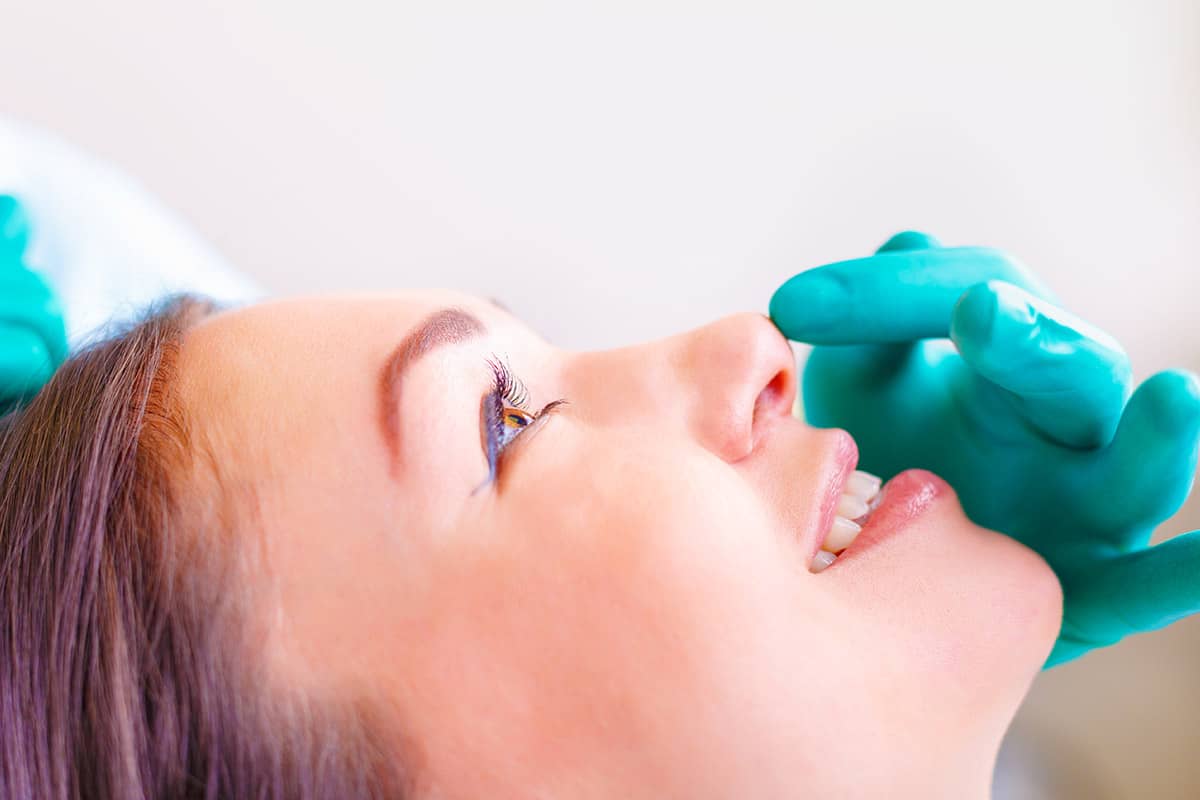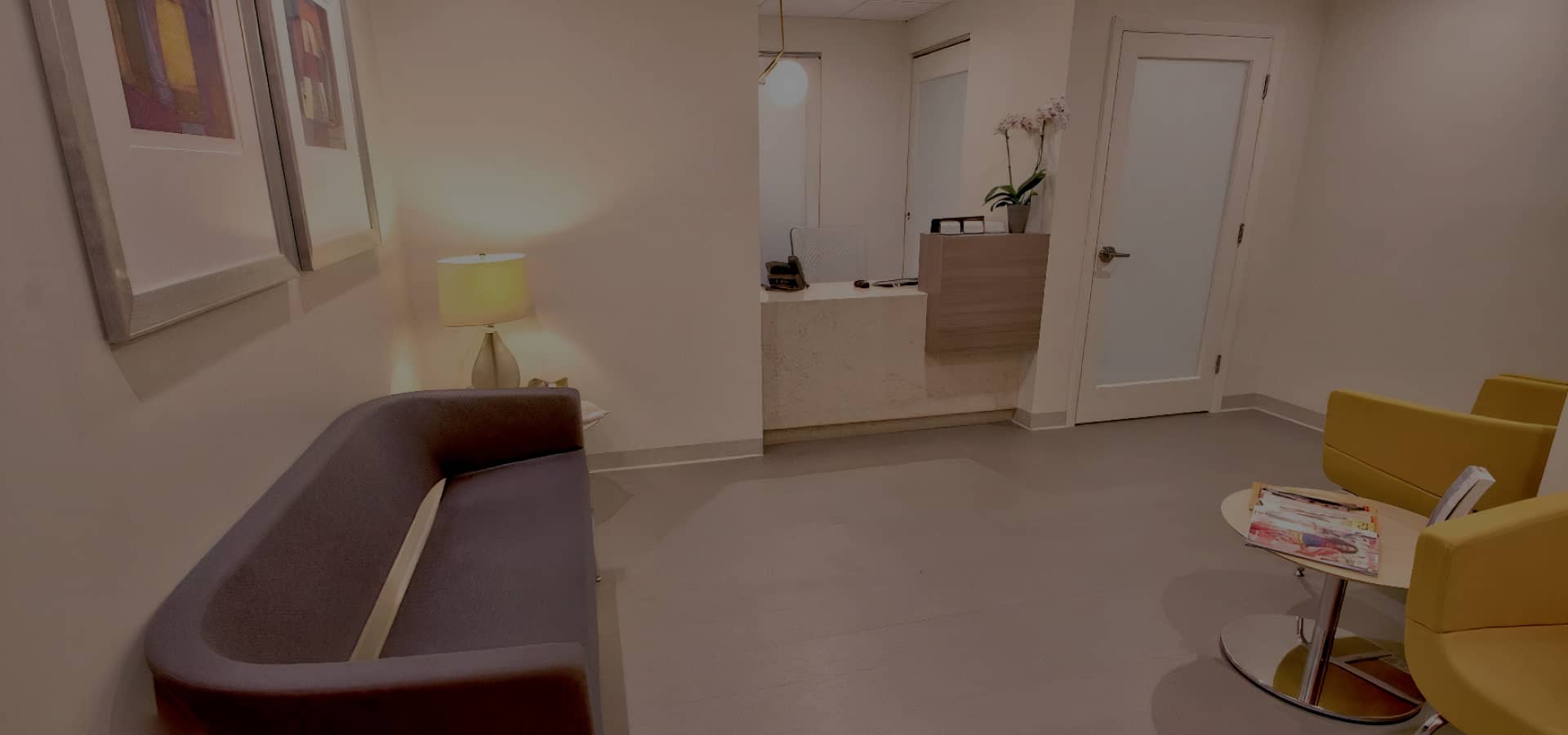Nose Tip Refinement with Miami Plastic Surgeon, Dr. Bared
Dr. Bared, a Miami rhinoplasty specialist, emphasizes the critical aspect of achieving natural results in tip refinement during rhinoplasty. He often observes poorly performed tip refinement in revision rhinoplasty cases, with patients complaining of an unnatural and pinched appearance resulting from prior surgeries elsewhere. Dr. Bared’s approach prioritizes aesthetic refinement through a meticulous analysis of the nose and a focus on the natural configuration of nasal tip cartilages. Rather than aggressive cartilage removal, he employs suturing techniques and precise adjustments to re-orient the cartilage, recognizing that both its size and orientation dictate the tip’s shape. Dr. Bared’s method ensures a balanced approach, considering not only the cartilage size but also its orientation, preventing post-surgical issues like bruising or swelling. By preserving cartilage strength and considering skin thickness, his approach tailors the surgical technique for optimal results based on individual needs. More details on his approach to varying skin thickness are available in the relevant section.
Advanced Surgical Techniques and Case-Specific Approaches in Nose Tip Refinement
In striving for excellence in rhinoplasty, particularly in nose tip refinement, our approach at Dr. Bared’s clinic integrates advanced surgical techniques tailored to individual patient needs. This section delves into the specifics of these techniques, showcasing our commitment to precision, aesthetic harmony, and functional improvement.
Tailored Cartilage Reshaping
Each nose tip surgery is unique, and our surgical strategy often involves intricate reshaping of the nasal cartilage. For instance, in cases of a bulbous tip, we carefully sculpt the lower lateral cartilages to refine and narrow the tip, ensuring a natural and harmonious appearance with the rest of the nose.
Dr. Bared’s Innovative Techniques in Nose Tip Refinement
At our clinic, we pride ourselves on utilizing cutting-edge and innovative techniques in rhinoplasty, particularly for nose tip refinement. This section highlights Dr. Bared’s unique surgical approaches, demonstrating our commitment to delivering bespoke and aesthetically pleasing results.
Precision Sculpting Method
Dr. Bared employs a precision sculpting method tailored to each patient’s nasal structure. This involves a meticulous reshaping of the nasal cartilages, especially in cases of bulbous or asymmetrical tips. Our technique focuses on subtle modifications that enhance the nose’s natural contours while preserving its functional integrity.
Micro-suturing for Enhanced Definition
We utilize advanced micro-suturing techniques to refine the nasal tip’s definition and projection. This approach allows for precise adjustments in the tip’s shape and angle, ensuring a harmonious balance with the overall nasal structure and facial features.
Dr. Bared’s Signature Approach in Complex Cases
For complex cases, such as revision rhinoplasty or significantly challenging nasal structures, Dr. Bared applies his signature approach combining both functional and aesthetic considerations. This involves a comprehensive analysis of the nasal anatomy and a strategic plan to address both cosmetic and breathing-related issues.
Can Rhinoplasty Correct the Shape of the Nose Tip?
Rhinoplasty can effectively address the shape of the nose tip. Whether it’s a bulbous or drooping tip, or an asymmetrical one, correcting nose shape with rhinoplasty can provide the desired aesthetic outcome. By reshaping and repositioning the cartilage and tissues, skilled surgeons can achieve a more balanced and proportionate nose appearance, enhancing overall facial harmony.
Can Rhinoplasty Also Improve Breathing Issues?
Correcting breathing issues with rhinoplasty is indeed possible. While rhinoplasty is commonly known for its cosmetic benefits, it can also address structural problems that hinder proper breathing. By adjusting the nasal passages, removing obstructions, or correcting a deviated septum, rhinoplasty can enhance both the aesthetic appearance and the functionality of the nose, leading to improved breathing.
How much does a nose tip surgery typically cost in Miami?
The pricing for rhinoplasty procedure starts at $10,000 in Miami. However, it is important to consult with a board-certified plastic surgeon to get an accurate estimate, as the final cost may depend on individual requirements and the complexity of the procedure.
How Does Rhinoplasty Recovery Timeline Differ for Nose Tip Surgery in Miami?
The timeline for rhinoplasty recovery differs for nose tip surgery in Miami. While rhinoplasty recovery can take several weeks, nose tip surgery typically has a shorter recovery period. Patients may experience swelling and bruising, which gradually subside within the first two weeks. It is important to follow post-operative instructions to ensure a smooth and successful recovery.
Comprehensive Recovery and Aftercare for Nose Tip Surgery
Understanding the recovery process and aftercare is crucial for patients undergoing nose tip surgery. At Dr. Bared’s clinic, we ensure that our patients are well-informed about what to expect post-surgery and how to care for themselves for the best possible outcomes.
Immediate Post-Operative Care
Immediately following surgery, patients may experience swelling and bruising around the nose and eyes. We provide detailed instructions on how to manage these symptoms, including the use of cold compresses and keeping the head elevated to reduce swelling.
Pain Management
Post-surgical discomfort is typically mild and can be effectively managed with prescribed pain medication. We ensure our patients have clear guidelines on medication usage to alleviate any discomfort during the initial recovery phase.
Follow-Up Visits
Regular follow-up visits are scheduled to monitor the healing process. During these appointments, Dr. Bared assesses the recovery progress and addresses any concerns the patient may have. This ongoing support is vital for a smooth and successful recovery.
Activity Restrictions
Patients are advised to avoid strenuous activities and exercise for a specified period post-surgery. We provide a timeline for when normal activities can be resumed, ensuring that the nose is given adequate time to heal properly.
Long-Term Care and Observation
The final shape of the nose may take several months to fully manifest as the swelling subsides. We guide our patients through this period, offering advice on long-term care and how to protect the nose from potential injury.
Addressing Diverse Concerns in Nose Tip Surgery
Nose tip surgery, or tip plasty, is a highly individualized procedure. At Dr. Bared’s clinic, we recognize the diverse concerns and needs of our patients. This section aims to address a broad spectrum of questions and considerations related to nose tip surgery.
Aesthetic and Functional Improvements
- Correcting Various Tip Shapes: We address different nose tip concerns, including bulbous, drooping, or asymmetrical tips, ensuring each patient achieves their desired aesthetic.
- Breathing Functionality: Beyond aesthetics, we also focus on improving nasal functionality, particularly for patients with breathing difficulties due to structural issues in the nose tip.
Surgical Techniques for Different Needs
- Open vs. Closed Rhinoplasty: We offer both open and closed rhinoplasty techniques, choosing the most suitable approach based on the patient’s specific anatomy and goals.
- Revision Rhinoplasty: For patients dissatisfied with previous surgeries, we provide revision rhinoplasty, focusing on correcting and enhancing the outcomes of earlier procedures.
Non-Surgical Alternatives
- Dermal Fillers: For patients seeking less invasive options, we offer non-surgical nose tip refinement using dermal fillers, which can temporarily adjust the shape and projection of the nose tip.
Dr. Bared’s practice consists largely of Rhinoplasty Procedure – 70%
The nasal tip needs to be assessed as a three-dimensional structure. Refinement of the tip is most evident in the front view of the nose (the most important view). The inexperienced surgeon may too often be focused on the profile of the nose and they neglect the frontal view. However, it is the frontal view of the nose where most refinements need to be made to create an aesthetically pleasing and natural-appearing tip. The goal of tip refinement in rhinoplasty is to attain an aesthetic tip shape with natural-appearing results. The unnatural appearance of the tip is a telltale sign of a rhinoplasty. Therefore, it is the proper and detailed understanding of the anatomy of the tip and the execution of techniques that provide great results in tip refinement surgery.

